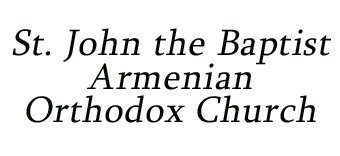EMBRACE THE GIFT OF TODAY
We often mark our calendars with days we think are the most significant: our birthdays, New Year’s Day, the first day of school, graduation day, the day we get engaged, our wedding, or the birth of our first child. Maybe for you, it’s the day you win a tournament or make a groundbreaking discovery.
God has orchestrated these monumental days with His providence, especially for us. But let me tell you, every day given by God is a blessing, even the most challenging ones. The psalmist reminds us, “This is the day that the Lord has made; let us rejoice and be glad in it” (Psalm 118:24).
